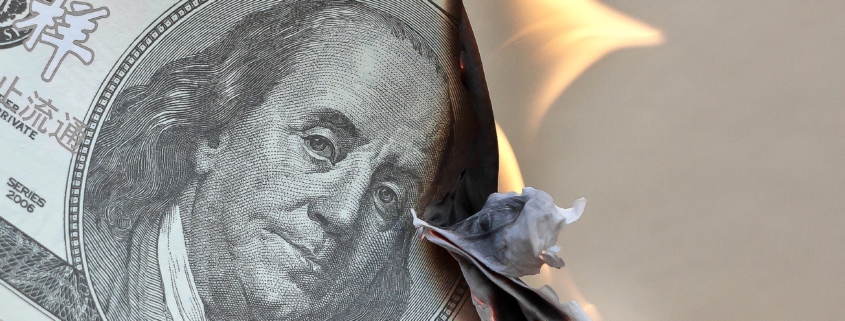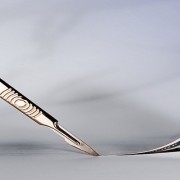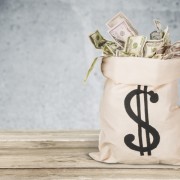How much has Palms cost Red Rock Resorts shareholders?
The simple cost of Palms to Red Rock Resorts so far is well known: the company paid $312.5 million to buy the casino in May, 2016, and by the end of September this year had completed a $690 million project to “fully reimagine and repurpose the property.”[i] In spite of the billion-dollar overall capex, management disclosed on the third-quarter conference call that Palms has not generated significant incremental EBITDA. The property’s 3Q19 adjusted EBITDA was either negative $9.8 million (including the now-shuttered KAOS day/nightclub) or positive $3.7 million (excluding KAOS). (The company overall had $110 million in adjusted EBITDA in the quarter.) It appears the property is unlikely to achieve management’s one-time “mid-teens return” goal any time soon.
For Red Rock shareholders, there is a significant cost to management’s decision to borrow and spend $1 billion on a project that has ended up not meeting ROI expectations. Net long-term debt increased from just under $2.00 billion at the end of 1Q16 (just before the Palms purchase was announced) to over $2.94 billion at the end of 3Q19 (when the renovation was completed). The company essentially borrowed and spent a billion dollars to gain no new EBITDA when it comes to Palms.
In a basic valuation model: EV (EBITDA x multiple) – debt = equity. With no new EBITDA and thus constant enterprise value, one billion dollars of additional debt means one billion dollar less of equity value. Therefore, Red Rock’s $1 billion “Palms debt” means a $1 billion reduction of Red Rock’s equity value. With the Palms project, Red Rock management wiped out $1 billion of shareholder equity. More than $8.00 per share of equity value (with 117 million diluted shares outstanding) evaporated because of the Palms project.
On the company’s quarterly call on Nov. 5, management announced the company’s goal is now to “[reduce] our net leverage ratio to a targeted level of 4x or less through a combination of paying down debt and increasing EBTIDA.” There was no acknowledgement that the company had levered up its balance sheet for no gain in EBITDA from Palms and thus significantly hurt shareholder value. In fact, if Red Rock had not borrowed $1 billion to spend on Palms over the last three-plus years and stuck with organic growth from its pre-Palms Las Vegas operations and tribal management fees, it would have already achieved a pro forma leverage of 3.94x at the end of 3Q19. Instead, now more of the company’s cash flow must go toward paying down the “Palms debt”, leaving less free cash flow for potential share buybacks or dividend increases.
It is true that Red Rock enjoys relatively low borrowing cost because of the company’s strong overall cash flow. But even at its current blended long-term debt interest rate, $1 billion of debt would require about $45 million of annual interest expense. Some Wall Street analysts have projected Palms to produce $25 million in annual EBITDA by the end of 2021.[ii]
Notes
[i] Red Rock Resorts, 3Q19 conference call, 11/5/2019, transcript by FD Wire.
[ii] JP Morgan, “Red Rock Resorts: Another Mixed Quarter; 3Q19 Core LV Fine, Palms Not So; Palms’ Chaos and EBITDA Losses Coming to an End. PT to $24”, 11/5/2019.









